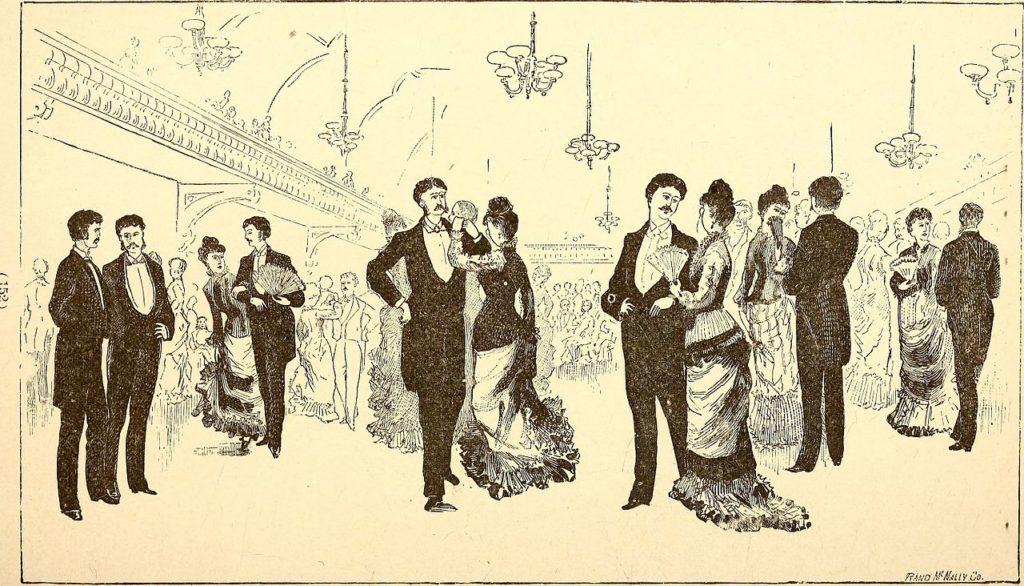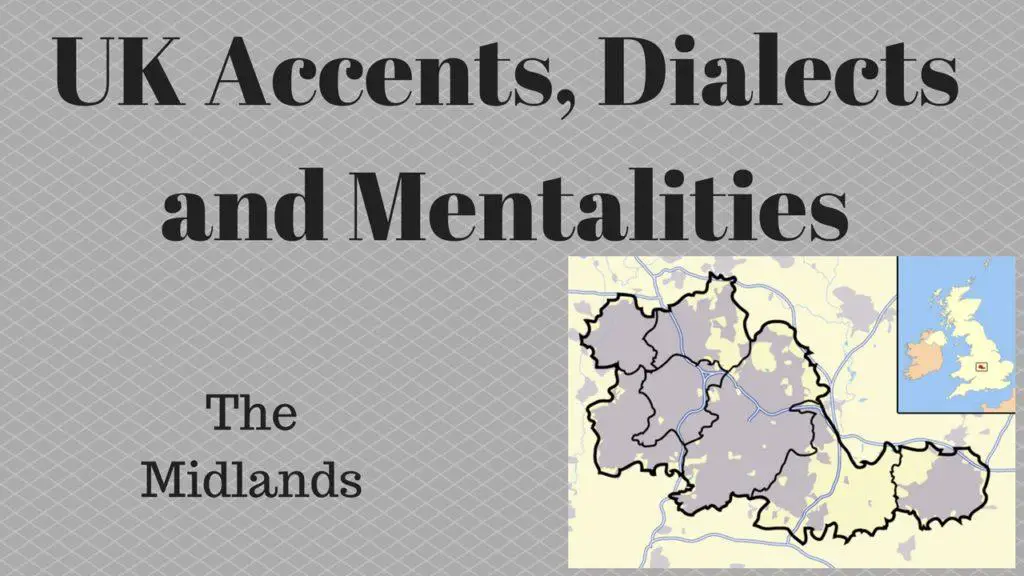Whether you’re attending your first international conference or joining a professional LinkedIn group, networking in English as a non-native speaker can feel intimidating. But it doesn’t have to be.

In my previous article, Networking Tips for Non-Native Speakers, we explored how to overcome the initial nerves and start connecting with confidence. In this follow-up, we’re diving deeper – into real-world strategies you can use to build meaningful professional relationships, even if English isn’t your first language.
I’ll also show you how to get further support through our English for Work learners’ community and my Udemy course on professional networking in English.
Let’s get started.
Know Your Goal: Why Are You Networking?
Before you introduce yourself, take a moment to ask: What am I hoping to achieve?
Having a clear goal makes networking easier because it gives you direction. You’ll know which events to attend, who to speak to and what kind of conversations to have.
Examples:
- “I’m looking to meet other graphic designers in the UK.”
- “I want to practise my spoken English in a business context.”
- “I’m hoping to find someone who knows about marketing in the tech industry.”
When you know what you’re looking for, it’s much easier to approach others and explain why you’re there.
Plan Your Self-Introduction
A strong introduction gives a great first impression and helps others understand what you do.
Try this simple structure:
- Who you are
- What you do
- Why you’re here
Example 1 (formal): “Hello, I’m Diego. I work in financial services in Madrid, and I’m here to connect with others in the fintech space.”
Example 2 (casual): “Hi, I’m Anika. I’m a UX designer based in Berlin. I came to this event to meet other creative professionals and practise speaking English in a business setting.”
You don’t need to be perfect – just be clear, friendly, and open.
Use Small Talk to Build Rapport
Small talk is an important part of networking in English-speaking cultures. It may feel unnecessary at first, but it helps to create a relaxed atmosphere before diving into work-related topics.
Common small talk questions:
- “Have you been to this event before?”
- “What brought you here today?”
- “Where are you based?”
- “How’s your week going?”
These openers are friendly, non-invasive and lead naturally into deeper conversation.
Tip: Avoid talking about politics, religion, health or money with people you’ve just met – stick to safe topics like travel, work or recent events.
Ask Good Questions and Really Listen
You don’t need to talk a lot to make a great impression. In fact, being a good listener often makes you more memorable than being a strong speaker.
Helpful phrases:
- “That sounds interesting – how did you get into that?”
- “Tell me more about your role – what does a typical day look like?”
- “I’ve never worked in that industry – what’s it like?”
When you listen well, people feel respected and valued – and that’s the foundation of strong professional relationships.
Use Conversation Templates
Having a few phrases prepared can help reduce anxiety.
Here are some basic templates for common networking situations:
Starting a conversation:
- “Hi, I’m [Name]. Mind if I join you?”
- “Hello! What did you think of the last speaker?”
Joining a group:
- “Hi everyone – do you mind if I join you?”
- “I overheard you talking about [topic] – I work in that area too.”
Ending a conversation politely:
- “It’s been lovely talking with you – I’m going to mingle a bit, but let’s stay in touch.”
- “Thanks for the chat – I’ll add you on LinkedIn if that’s okay?”
Want more? In my Udemy course on professional networking in English, you’ll find video examples, downloadable templates and practical exercises to help you speak more naturally and confidently.
Network Online with Confidence
In today’s world, online networking is just as important as in-person events – especially on platforms like LinkedIn.

When sending a connection request, always include a short message. It shows that you’re professional and respectful.
Example messages:
- “Hi Sara, I enjoyed your webinar on digital marketing. I’d love to connect and follow your work.”
- “Hello, I saw your profile in the [group name] and noticed we have similar interests. I’m a software engineer based in Brazil. Let’s connect!”
Pro tip: Commenting on others’ posts with thoughtful insights is a great way to get noticed – even before sending a connection request.
Follow Up the Right Way
The best way to make a networking moment last is to follow up after the event.
You might say:
- “Hi David, it was great to meet you at the Business Growth Summit yesterday. I enjoyed hearing about your work in supply chain management. Let’s keep in touch.”
Follow-up tips:
- Send your message within 24 to 48 hours
- Be polite, personal and clear
- If you discussed something specific (like a future meeting or shared resource), mention it
Small follow-ups can lead to big opportunities.
Practise in a Safe Space
The best way to become more confident is to practise regularly – and in a place where it’s okay to make mistakes.
That’s exactly what we offer in our English for Work learners’ community.
Inside, you’ll find:
- Supportive professionals from around the world
- Opportunities to practise English through discussion and mini-challenges
- Video-on-demand courses suited to your requirements
- A safe space to build fluency and confidence – without judgment
It’s free to join, and we’d love to welcome you in.
Want to Go Deeper? Try the Course
If you want more structure, support and step-by-step guidance, check out my Udemy course on networking in English.
It’s designed for professionals like you – non-native speakers who want to:
- Speak with confidence
- Network at events and online
- Build real, lasting professional relationships in English
You’ll get real examples, downloadable resources and practical strategies that you can apply straight away. Thousands of learners have already used it to grow their networks – now it’s your turn.
Final Thoughts
Networking in English doesn’t require perfect grammar or an advanced vocabulary. What matters most is being prepared, showing genuine interest in others and practising regularly.
Start small: write your introduction, join an event or message someone new on LinkedIn this week.
And remember – you don’t have to do this alone.
👉 Revisit our first guide: Networking Tips for Non-Native Speakers 👉 Join our English for Work learners’ community for practice and support 👉 Take the Udemy course for step-by-step help and confidence building
Your professional English journey starts with one conversation. Make it count.


